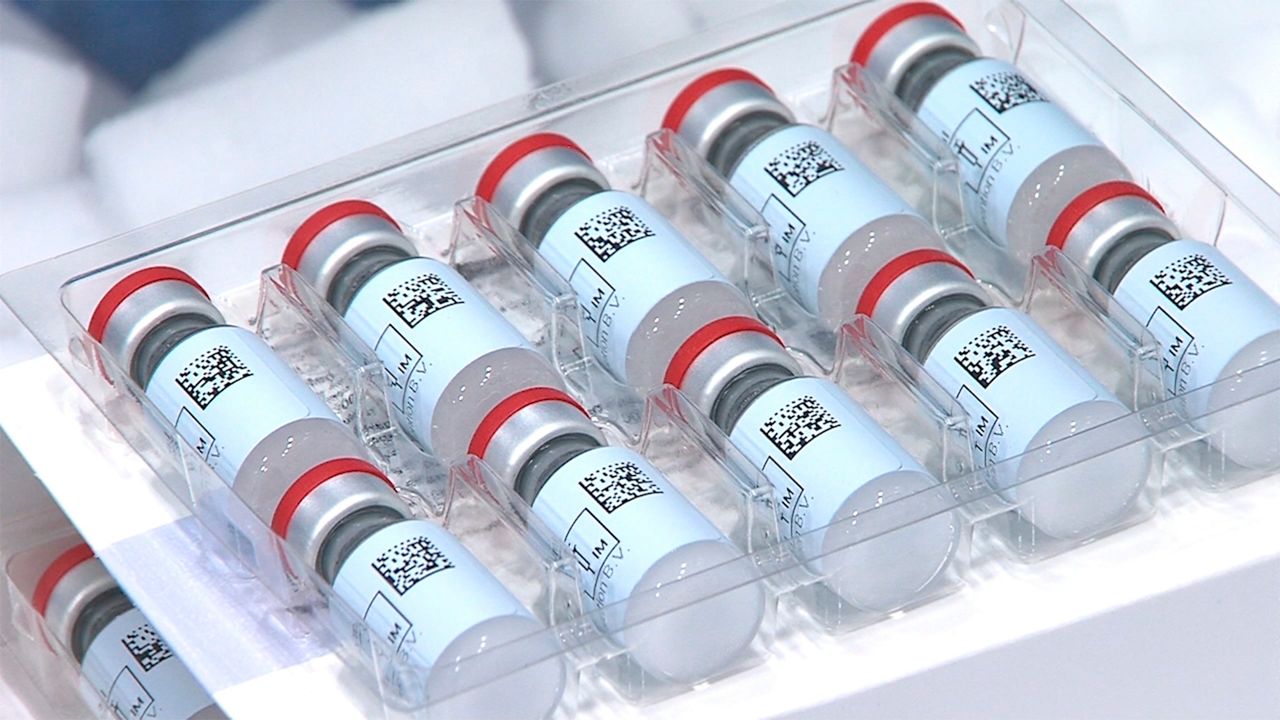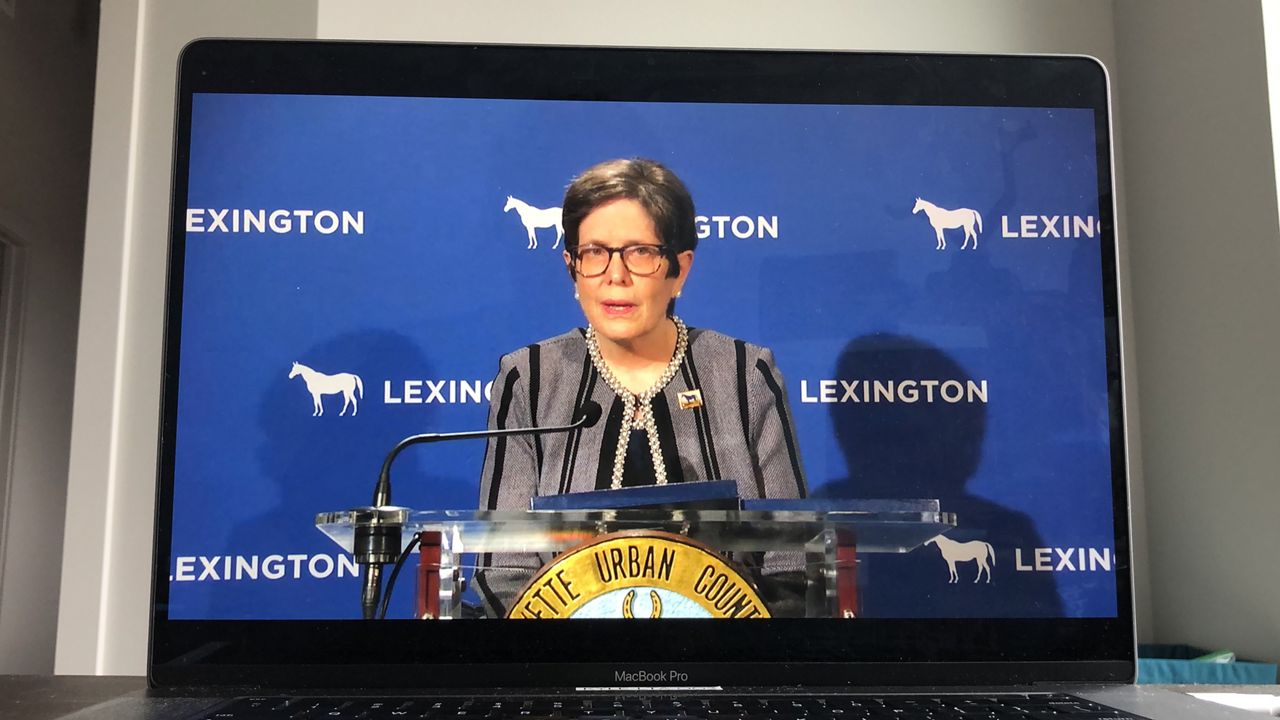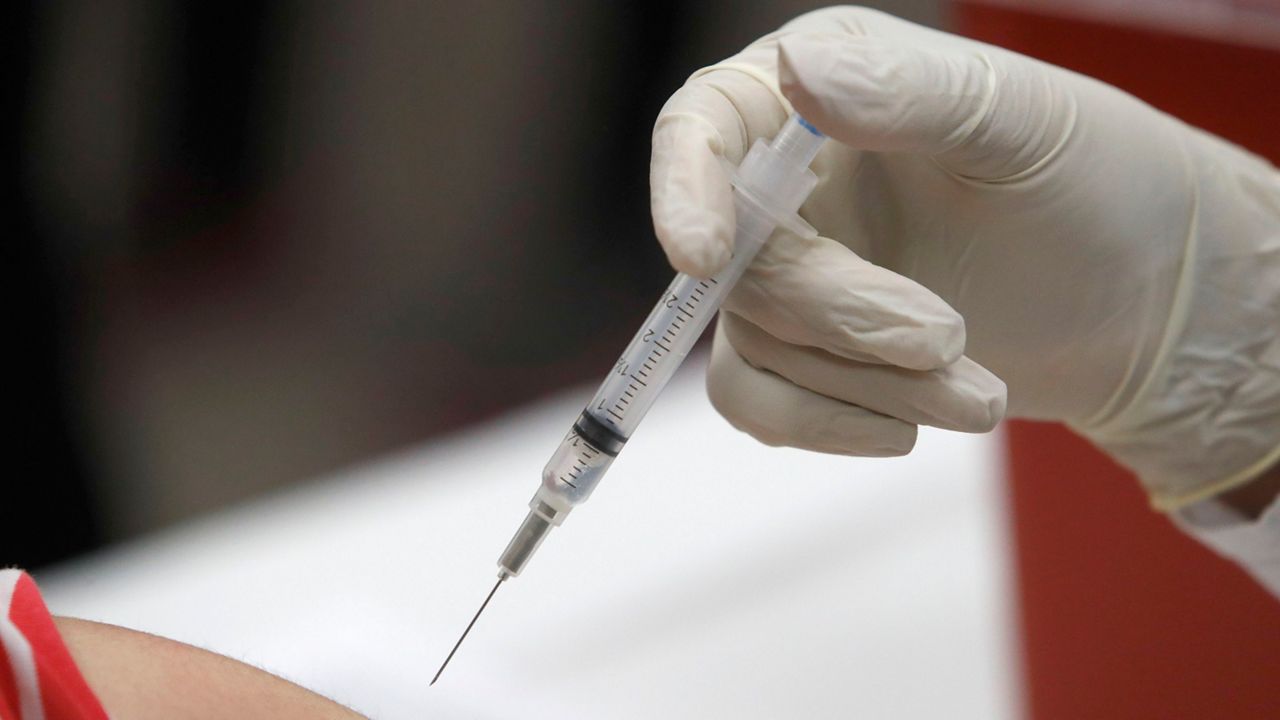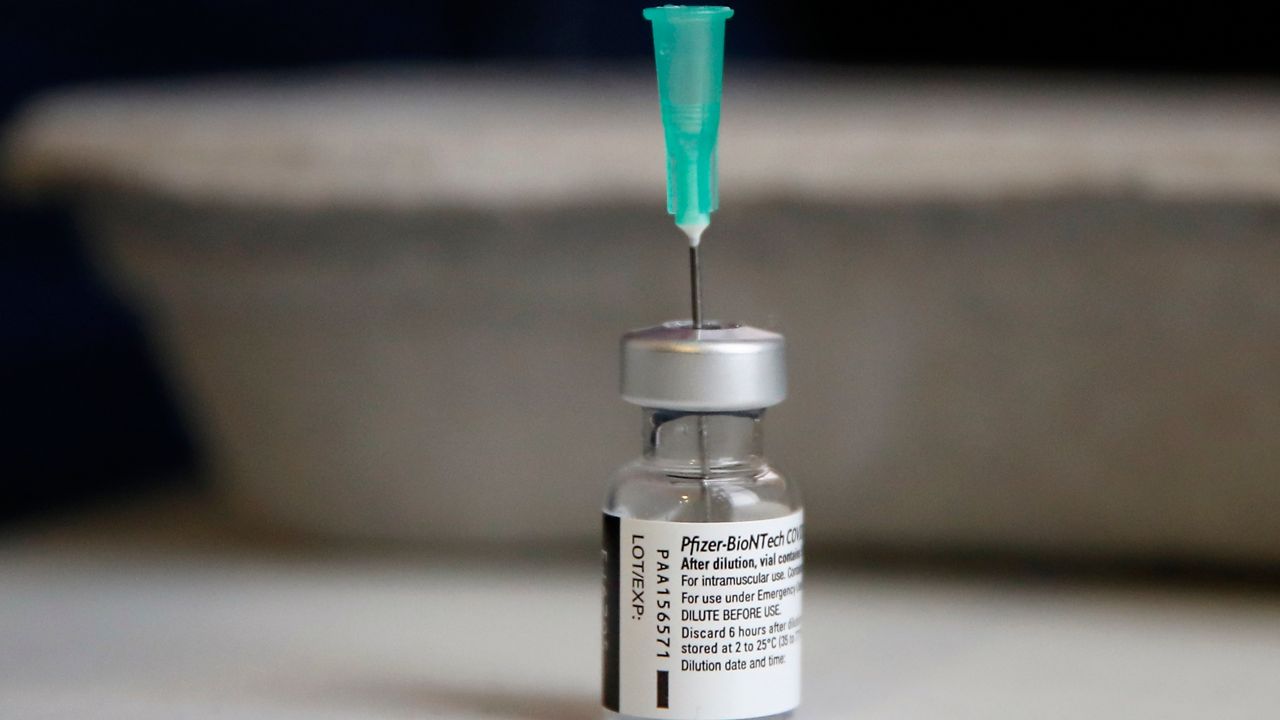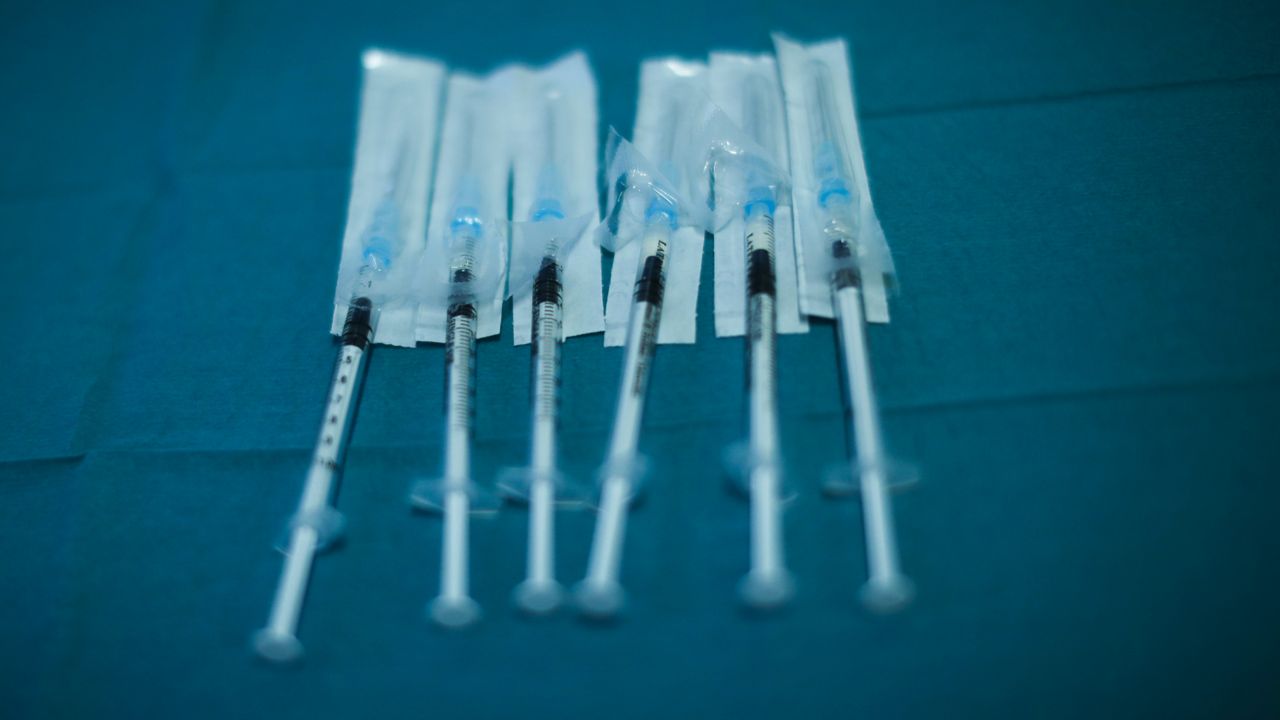LEXINGTON, Ky. – Kentucky’s plan to establish regional sites to administer COVID-19 vaccines had the heads of at least a few rural county governments concerned about whether that option is of the utmost benefit to their residents.
What You Need To Know
- State plans regional vaccination sites beginning Feb. 1
- Most rural counties planned to use local health departments
- Main concern is already low supply
- Transportation and information dissemination also problems
The main concern among some rural county governments, especially those without a partner pharmacy such as CVS, Walgreens, or Kroger, was how this plan would affect the number of vaccines available at local health departments. Because residents in rural counties are disproportionately older, many of them may not drive or have access to the internet, both of which are paramount in getting a vaccine at a regional site.
There was a concern the regional sites would adversely affect rural counties from getting vaccines so health departments could ensure they are administered to the target demographic. Kentucky Gov. Andy Beshear said local health departments would still have a role in administering the vaccines and his administration announced Thursday, Feb. 4, new initiatives to get vaccines to local health departments across Kentucky.
“We are going to give 100 doses for 1% of the population for every county, rounded up to a minimum of 100,” said Kentucky Public Health Commissioner Dr. Steven Stack.
Beginning Monday, Feb. 8, every local health department in Kentucky will get shipments of the vaccine for the next three weeks.
“I’ll just tell you the quantities are insufficient,” Stack said. “The vaccine quantities are not enough for the task at hand but it is still incremental progress.”
There was a concern among leaders in rural counties because what role health departments will play had not been clearly defined before establishing regional sites, which made rural counties’ approach to getting the vaccine out into the community different from what they originally expected.
“We’ve all been assuming, and assuming is the keyword here, that when the regional sites open, based on the vaccines the state of Kentucky is receiving from the federal government, to accommodate a mass regional site, the vaccines our local health departments are getting won’t be available,” said Casey Ellis, Owen County judge-executive. “For our health department, and for many of the health departments and health districts around the state, they’re getting those vaccines out as soon as they come in.”
Ellis said Three Rivers District Health Director Dr. Georgia Heise has a plan in place where she and her employees could administer 1,100 vaccines a week, but they are receiving only 100. Ellis’ concern was the regional sites would take precedence over the local sites and there would be little to no vaccines to distribute locally.
Before the role of local health departments in the regional vaccination sites had been clearly defined by the state, Ellis said rural local governments were in a “holding pattern” in terms of moving forward with their plans.
“Without having a clear directive as to what the governor is saying – what he's proposing with these regional sites – and the fact he contends the health departments will still play a role in the distribution of the vaccine, at this point we're still fact-finding,” Ellis said. “As we have tried to get more information, things have just gotten more unclear instead of more clear.”
Harlan County Judge-Executive Dan Mosley had similar concerns. He said there is a vaccine waiting list at Appalachian Regional Healthcare that contains the names of 1,000 Harlan County residents.
“We don’t want to see the facilities like hospitals and health departments having vaccines being pulled from them to accommodate additional locations when the hospitals and health departments are capable of administering the quantities they have,” Mosley said. “Once the supply triples, that’s a different story. But right now, it’s very difficult.”
With many residents not online and without transportation, Mosley said the Harlan County Government has gotten proactive in its attempts to get information to the more difficult to reach population.
“A lot of these people don't have social media,” he said. “They don't have cable to watch the governor every day at 4 p.m., and they don't have access to a computer to sign up online. Thirteen percent of our population doesn’t have a vehicle. There are a lot of barriers among our 70-and-older population.”
Harlan County Government officials have developed a list of places where at-risk people live, such as Section Eight housing and apartments with a large elderly population that may not get the information being distributed.
“We're literally going to go in and take flyers door-to-door to talk with these people to get the word out,” he said. “We are literally trying to turn over every stone to find these people that are hardest to reach.”
Mosley said he is also working with the local transportation provider to assist in getting people to a vaccine site when it’s their turn.
“But, it's not feasible to try to take them to a regional center, because you can’t put 15 senior citizens together on a bus,” he said. “It would be a super-spreader of coronavirus before they ever get there to get the vaccine.”
The state has established a hotline (855-598-2246) for people to call to get help signing up to receive a vaccine.





